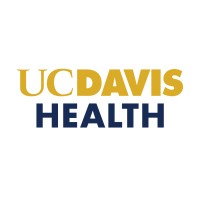
UC Davis Health
UC Davis Health is improving lives and transforming health care by providing excellent patient care, conducting groundbreaking research, fostering innovative, interprofessional education, and creating dynamic, productive partnerships with the community. The academic health system includes one of the country’s best medical schools, a 627-bed acute-care teaching hospital, a 1,000-member physician's practice group and the Betty Irene Moore School of Nursing. It is home to a National Cancer Institute-designated comprehensive cancer center, an international neurodevelopmental institute, a stem cell institute, and a comprehensive children’s hospital. Other nationally prominent centers focus on advancing telemedicine, improving vascular care, eliminating health disparities and translating research findings into new treatments for patients. Together, they make UC Davis a hub of innovation that is transforming health for all. For more information, visit health.ucdavis.edu. Our social media rules of engagement, https://ucdavis.health/3sDQr1h, apply to all of our social channels.






